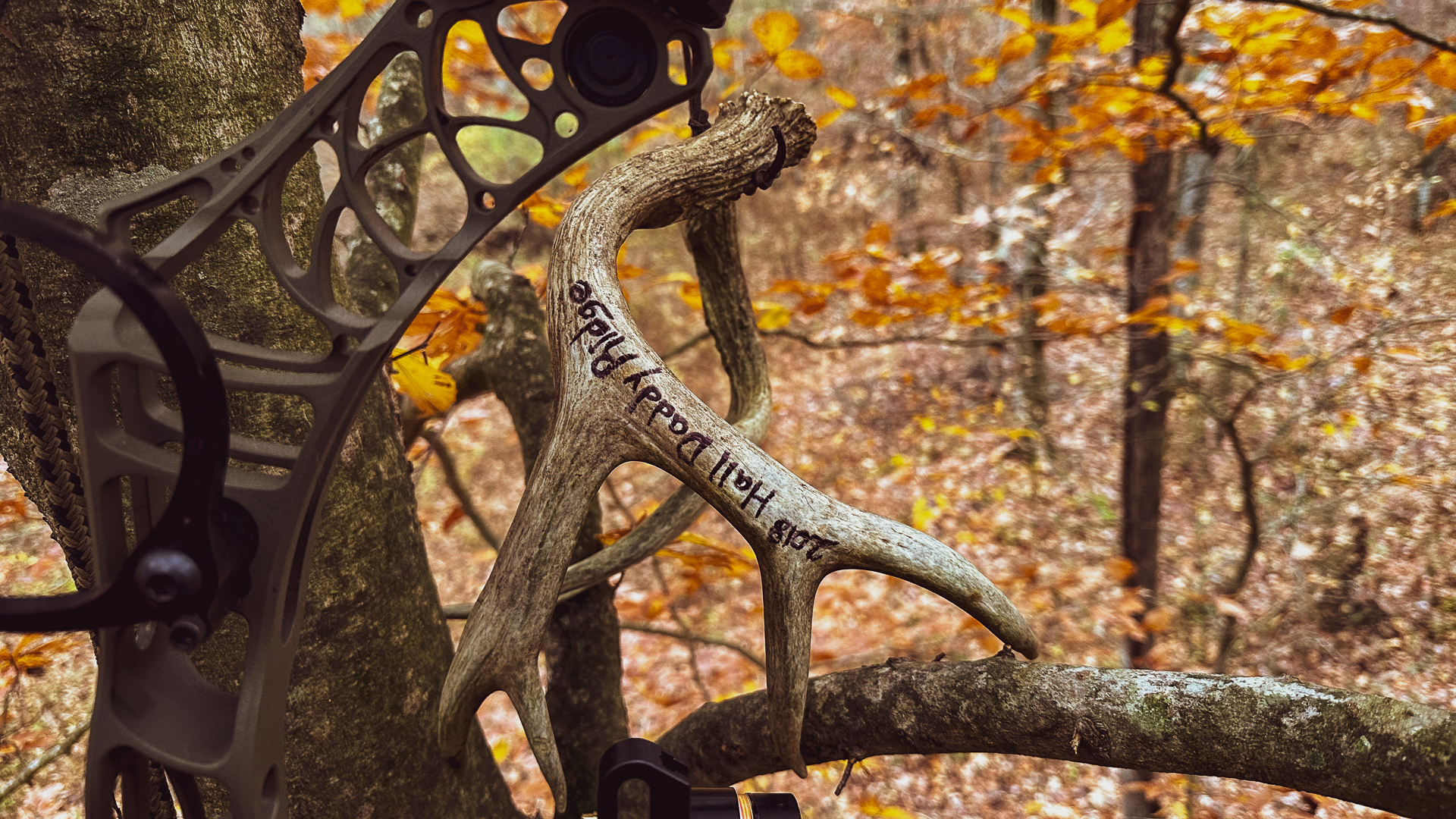
Written by Austin Delano, photography by Rob Kinney
Prescribed burning. Just those two words can give land managers and property owners hesitation. Give fire its respect, without a doubt it is a powerful force of nature. Native Americans learned to use fire to open up and clear their lands and saw the new growth following a fire attracted the animals that were crucial to their survival. During the last century, controlled burns have been steadily suppressed due to changing public perception of fire, which diminished the quality of habitat for many game species. In our busy world and modern sprawl of houses and structures, burning acres of forest and fields even in remote areas can seem like too large of an undertaking. I write this as smoke and ash is still very present on all my tools and boots from an incredibly productive weekend enhancing wildlife habitat with the wonderful tool of fire. Don’t let the natural fear of fire keep you from using it on your piece of dirt, burning can be made very safe when the proper steps are followed.
Prescribed burns may be conducted for a number of reasons including habitat improvement, enhancing appearance and access, managing unwanted hardwood competition and invasive species, and reducing the fuel load to avoid devastating fires that burn out of control from years of neglect. These are typically dormant/cool season fires conducted in the December-March time frame. Growing season or warm season fires can also be utilized depending on the habitat and species being managed.
- Before burning, an in depth look should be taken to identify what undesirable species need to be controlled as well as what the habitat consists of (old field growth, pine plantation, hardwoods, natural regeneration) This can determine whether a dormant season or growing season fire is most needed to accomplish your management goals.
- If you are looking for ways to attract more turkeys to your land, prescribed burning should be on your list of wildlife management chores. Turkey love to use a recent burn to find insects and seeds. In the months following a burn, turkey will spend a great deal of time scratching and bugging in the clean ground.
- Prescribed burning is a great tool for improving your native habitat’s food value for almost all wildlife. The removal of years of leaves, limbs, and other dead plant material gives way to new growth on the forest floor of early successional plants that are nutritious and attractive to deer, turkey, and all types of small critters.
- In some landscapes, undesirable woody undergrowth or low quality hardwoods can take over after a timber harvest or land clearing. In these situations, a growing season fire is a very economical and effective means to controlling the unwanted growth and encouraging new plants and grasses. This new growth has a higher quality food value and is also great for nesting, and bedding.
- Tools needed for prescribed burns are easily accessible. Drip torches, rakes, fire flaps and backpack blowers are easy to use and extremely effective. Tractors with discs or box blades can be used to create fire lines. Skid steers and small dozers can also be used in rougher terrain to put in lines where you need the fire to stop.
- Weather, time of year, and climate conditions are one of the most important aspects of a successful and safe burn. A forestry/wildlife consultant can be a big asset for helping the landowner make decisions on the timing and planning a prescribed burn.
Controlled burns can be a very impactful and cost effective way to make positive changes to the quality and diversity of wildlife habitat on your land. There are many variables to take into consideration when planning a prescribed burn. Be sure to contact the state agencies, forestry consultants and wildlife officials for proper permits and guidance needed before a burn.































